Seafarers tie knots every day. From mooring, and securing to working aloft, those jobs won’t be complete without the use of ropes.
And because we use ropes in many forms and sizes on ships, knot tying is a skill every seaman must learn!
Even my 65-year-old Captain knows how to tie knots effortlessly.
So here’s a fun fact about the hundreds of different knots used on merchant vessels: Seafarers actually use only very few of them on board.
You might think of the bazillion ways of tying knots but trust me on this, YOU ONLY NEED A FEW!
That’s right. There are very few knots to master on board and I will tell you why.
Why you don’t need to master all the knots in the book
We normally utilize ropes on board for securing, lowering, or picking up tools from a height. That is basically what seafarers use knots for.
Fixing a vertical ladder so it won’t swing away? Tie ropes on the sides and below it.
Need tools inside the ballast tank? Use your knot-tying skill to lower them.
Want to keep the spare pilot ladders from running around during bad weather? Get some ropes and tie them on secure spots.
Tag lines for the crane? A simple bowline will suffice.
As you can see, these are simple jobs on board. The common denominator is to tie them up so they won’t get loose.
Thus, you don’t need all those fancy knots in your “1,000 Knots to Master” book.
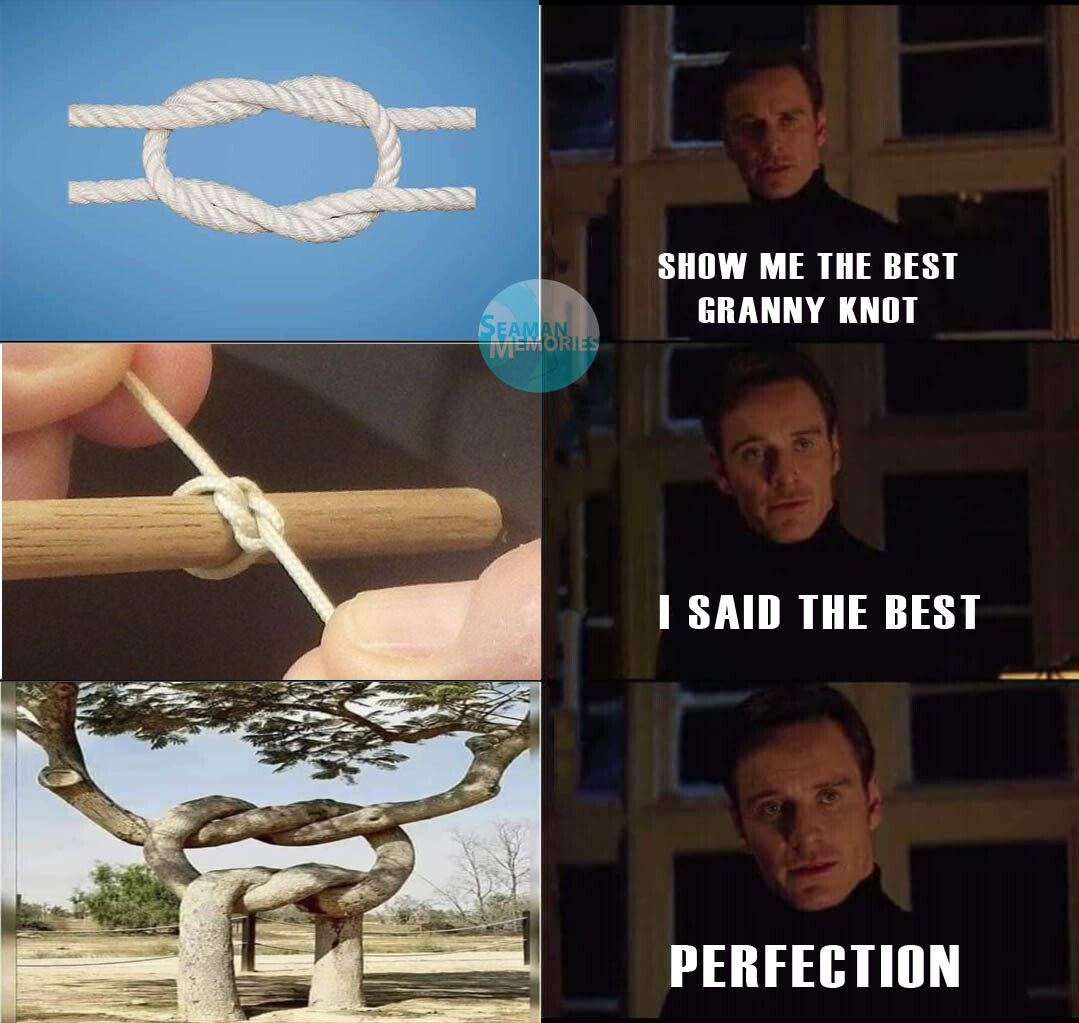
What are the best knots seafarers use?
As a seafarer who has been at sea for many years, there is no such thing as the “best knot” to use for all occasions.
It depends on many factors, two of which are the most important to consider here.
First is the kind of rope. Some ropes easily get loose or jam quickly under tension.
Second, the type of job the rope will be used for. Don’t use a manila rope as a heaving line. It’s not as strong and it won’t last long.
Think of these two areas when tying a knot so you won’t have problems later.
There is also one last thing which is very important to you and your fellow crewmate.
When you tie a knot, make sure that its easy to tie and easy to untie while preserving its holding strength.
10 Widely Used Knots On Merchant Ships
There are times when knot tying on board requires speed and precision. In moments like this, you should have the knowledge and the right skill build-up.
Acquiring these skills take time and practice. That’s why we are only focusing on these ten very useful knots for seamen.
They are easy to tie and easy to untie while getting the job done.
If you tie a strong knot but is very difficult to untie, you might find it hard to undo it. Or it may not be hard but would take a longer time to untie. And oh, the wrath of your crew mates!
Sometimes, you are racing against time and the weather. If you are slow in tying and/ or untying, this means longer hours of work.
On another hand, if you tie a knot poorly, it may not hold thus endangering the equipment or person involved in the job.
In any order of importance, here are the 10 most widely used knots on board.
10. Plank Stage/ Gindola Knot
Part of our school education as well as in training centers is to actually learn how to tie a gindola/ gondola or plank stage. This is rightly so because such basic seamanship skill is still widely used on board.
It may not be often used but there are instances when we are required to use them.
Working over the side, under the bridge wings, around the accommodation block, or any parts of the ship that are difficult to reach are just a few of its applications.
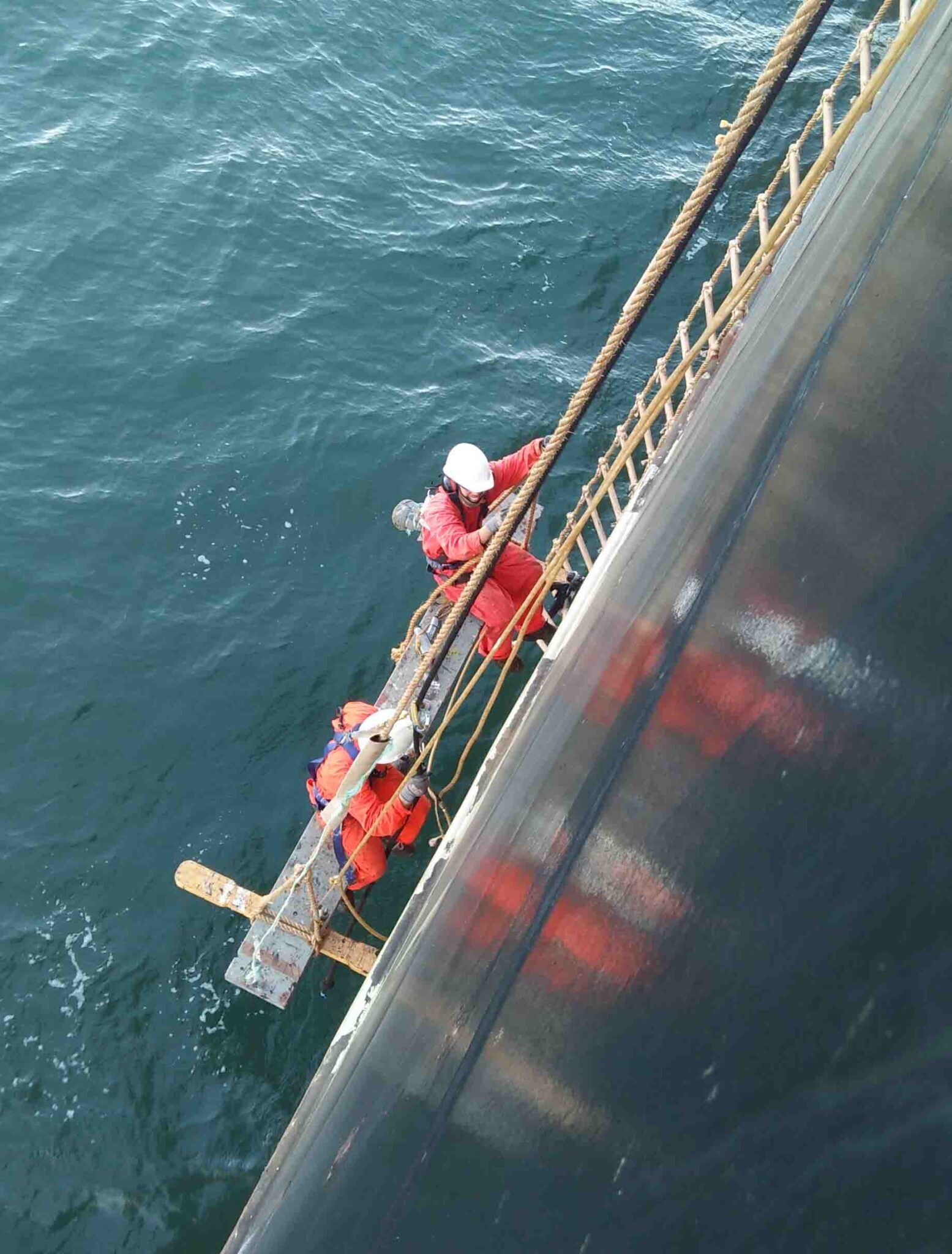
9. Rat Tail Stopper Knot
Another high-level skill to master is how to tie stopper knots on mooring ropes or tug lines.
I call it a high level since it involves greater risk. There are many accidents involved in using this knot. You need full safety awareness and experience to perform this activity.
There are many ways to tie a stopper rope. It can be single or double stoppers. For me, I prefer to use the Rat Tail Stopper Knot.
It’s very simple to tie, doesn’t slip, and holds the rope securely.
Furthermore, it can be easily untied without jamming. And since it is a double-stopper, it’s stronger too.
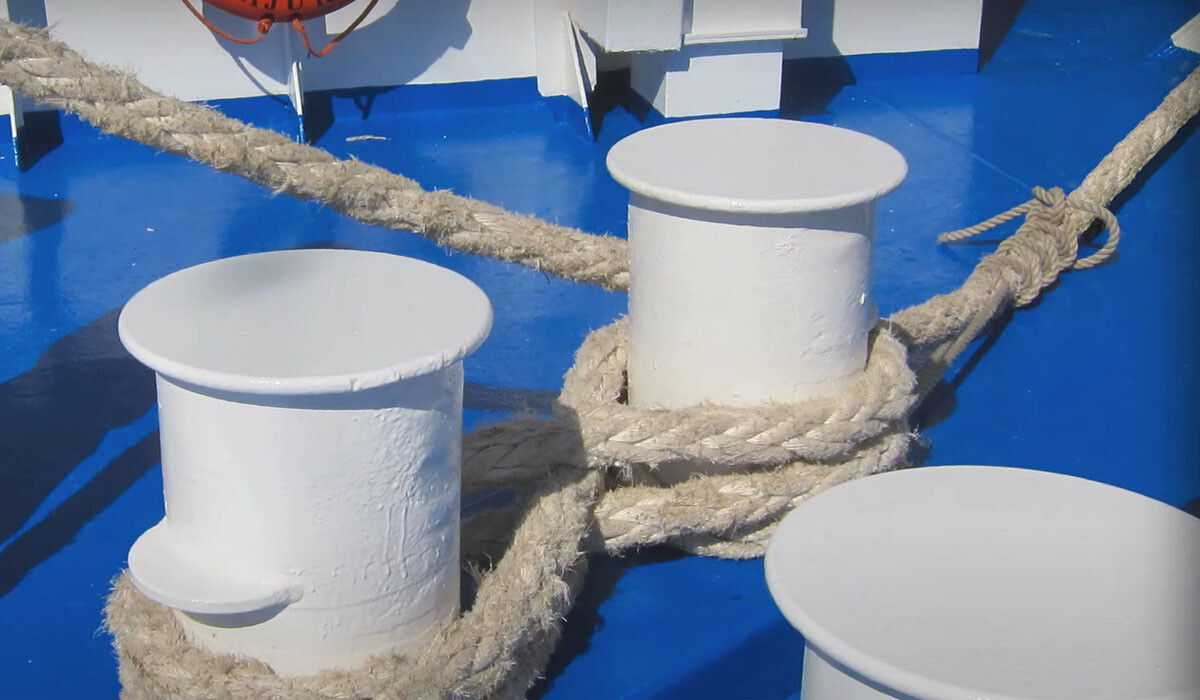
8. Slipknot
This is not your ordinary heavy metal band.
In this context, a slipknot is a very simple knot that secures the object in its loop when tension is applied. When the loop is free, the rope loosens and easily unties.
Slipknot is used on board when transferring objects from one deck to another. One example is when disposing of garbage bags from the ship to the jetty.
The knot is made around the middle of the rope where one end reaches the upper deck and the other to the lower part.
While lowering to the jetty, the working part- the end that pulls the noose, must be on the upper deck to keep the knot tight.
Another person pulls the other end to the jetty so it won’t fall on the water.
Similar items can be transferred using this type of knot.

7. Sheet bend
A Sheet Bend is a very simple knot used in joining or connecting two ropes of different materials or diameters.
Another variation of its kind is the double sheet bend where a second turn is made to firmly secure the connections.
A single loop is enough to hold the rope. But putting another one cements its security. The knot won’t slip or untie even under load.
A similar knot called a square knot is not suitable since it will just slide away when tension is applied.
Sheet bend can be handy during mooring when your heaving line suddenly goes kaput. This is something that happens from time to time.
In fact, sheet bend is considered to be one of the three essential knots.

6. Secured Munter Hitch
Munter hitch is originally used in rock climbing.
But another variation which I took the pleasure of re-creating and naming is called the Secured Munter Hitch.
The only difference it has from the normal Munter Hitch is its locking knot.
Instead of sending the other end all the way downward, just secure it with two half hitches or a clove hitch. See the image below.
I find this knot very useful in tying the eye of a mooring line or its smaller rope handle with a heaving line.
Since mooring ropes get heavy when pulling up from the water, the heaving line attached to it becomes tensioned. This leads to jamming or failing when using some random knots.
Secured Munter Hitch holds its effectiveness under tension while retaining its easiness to untie since it doesn’t jam.
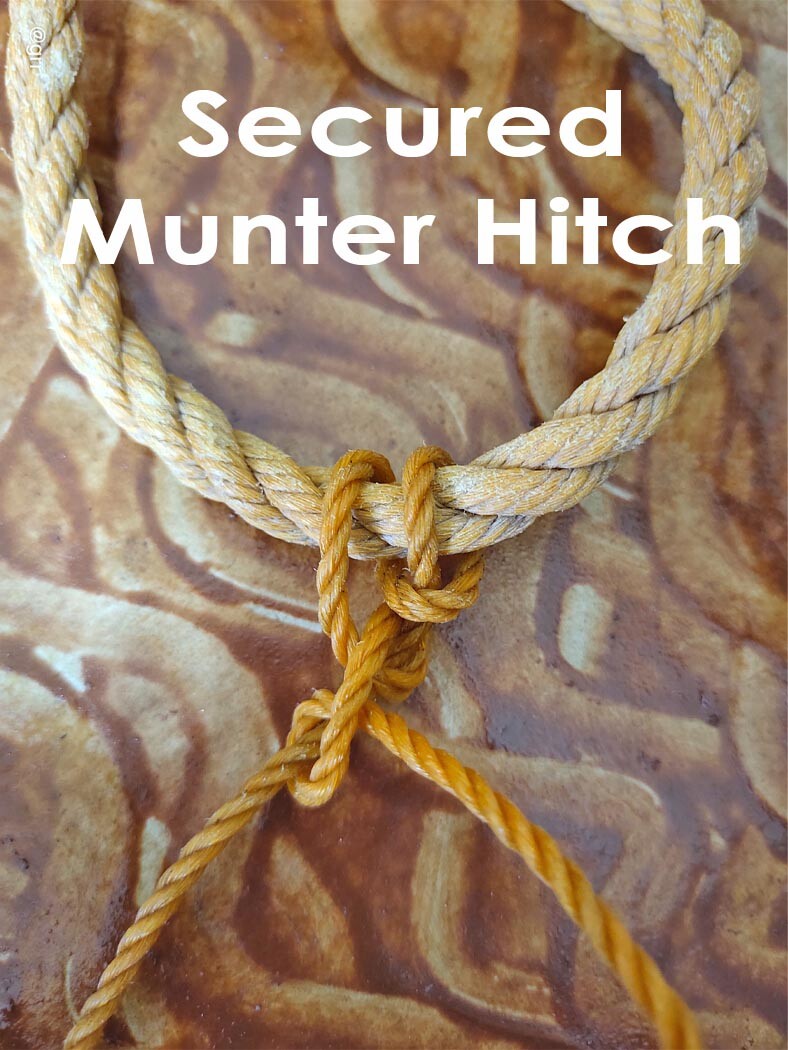
5. Overhand Knot
This is the most basic of all knots. Perhaps, its the first knot we learn or learned “accidentally” as kids.
An Overhand knot is very simple yet very handy on board.
I use this one in my lifeline when working aloft or over the side. An overhand knot at the end of my lifeline gives me warning that I’m literally at the end of the rope.
More importantly, it stops me from going all the way down whenever I fall with my harness.
Kindly refer to the image below.
Another use of overhand knot is to stop ropes from getting destroyed when one of its end starts to untangle.
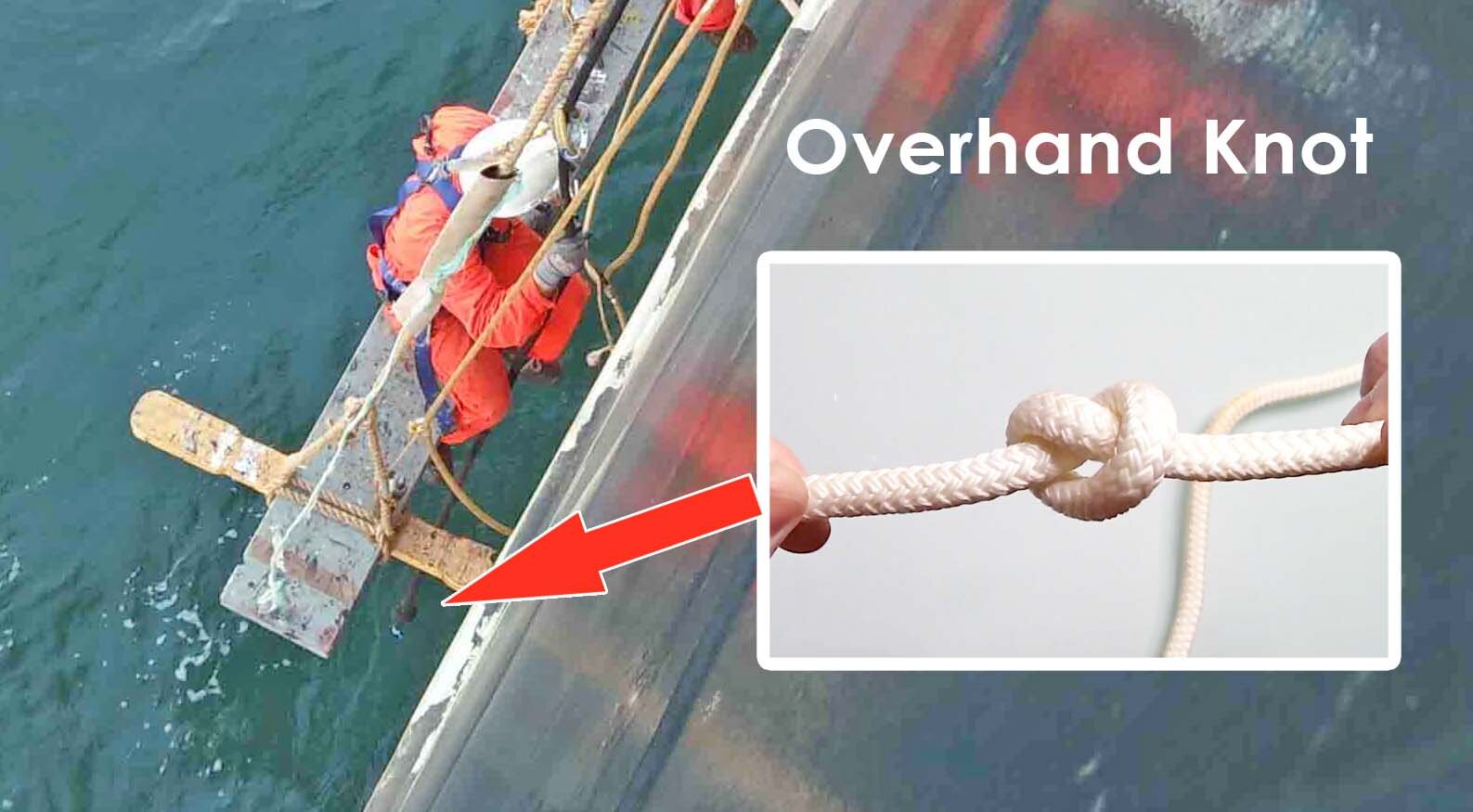
4. Timber Hitch
A Timber Hitch is a very reliable non-jamming knot used to tie spars, logs, planks, timbers, or other long objects.
It has been used throughout time. Timber hitch tightens under tension, doesn’t get stuck, and holds very well. On the other hand, it is very easy to untie.
The most common usage of this knot is with cargo hoses for connecting in the ship’s manifold on tankers.
Even the biggest tanker vessels trust on the effectiveness of timber hitch when hose connection is involved during STS Operation.
Other usage of this knot is when you want to secure a rope around a post or even on another knot.
When added with a separate half hitch, this knot is called Killick Hitch.
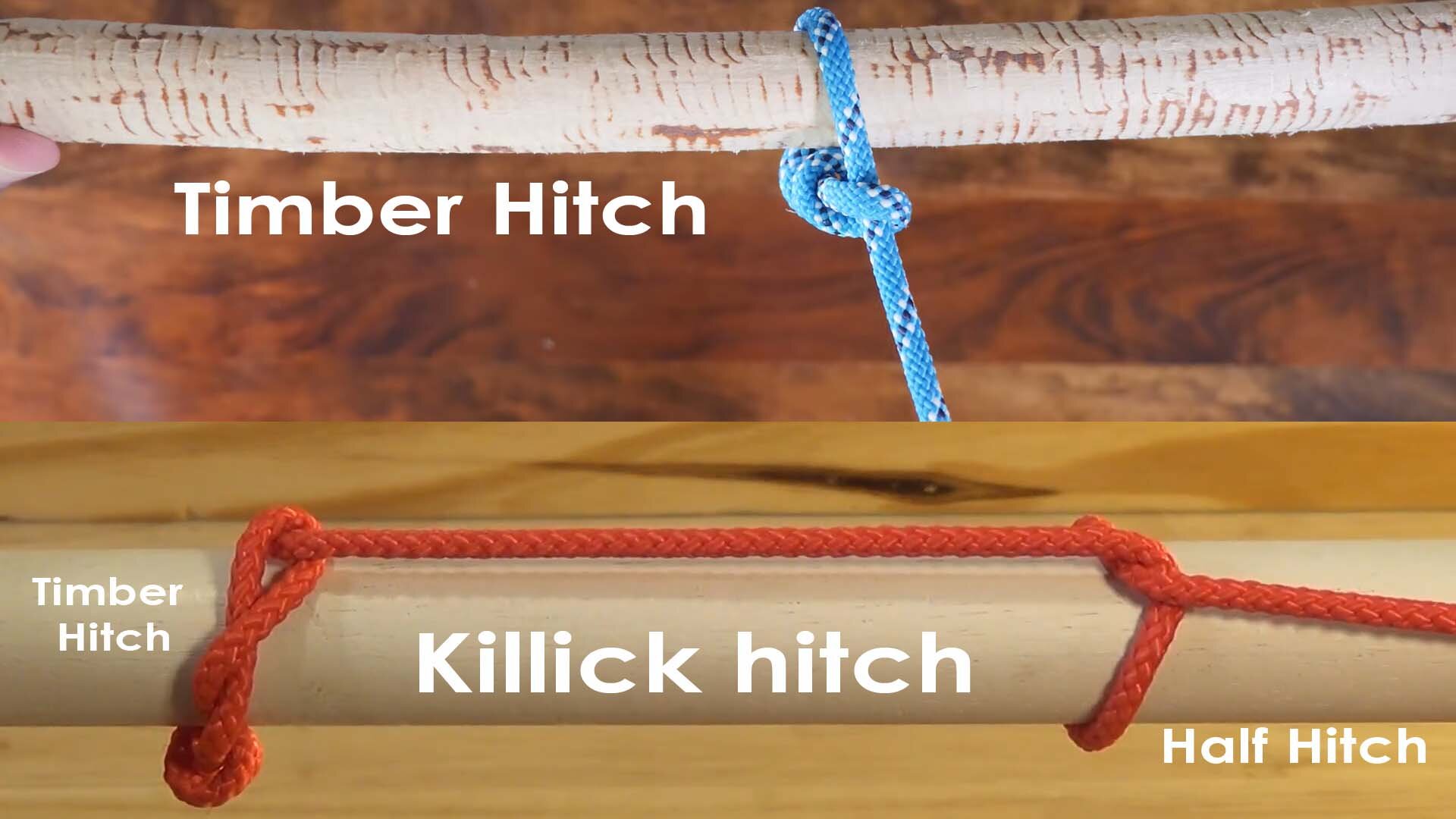
3. Overhand Loop
An Overhand loop uses a similar procedure to an overhand knot. The difference is this knot forms a closed loop.
This is a jamming knot. Once used, it will be very difficult to untie especially after heavy tension. Expect to cut it if you want to reuse the rope for another knot-tying job.
On board, seafarers apply this loop to secure items that are seldom used.
It is easier to secure retired mooring lines coiled on a pallet using this knot with a combination of other types.
The overhand loop can be secured on posts or another rope.
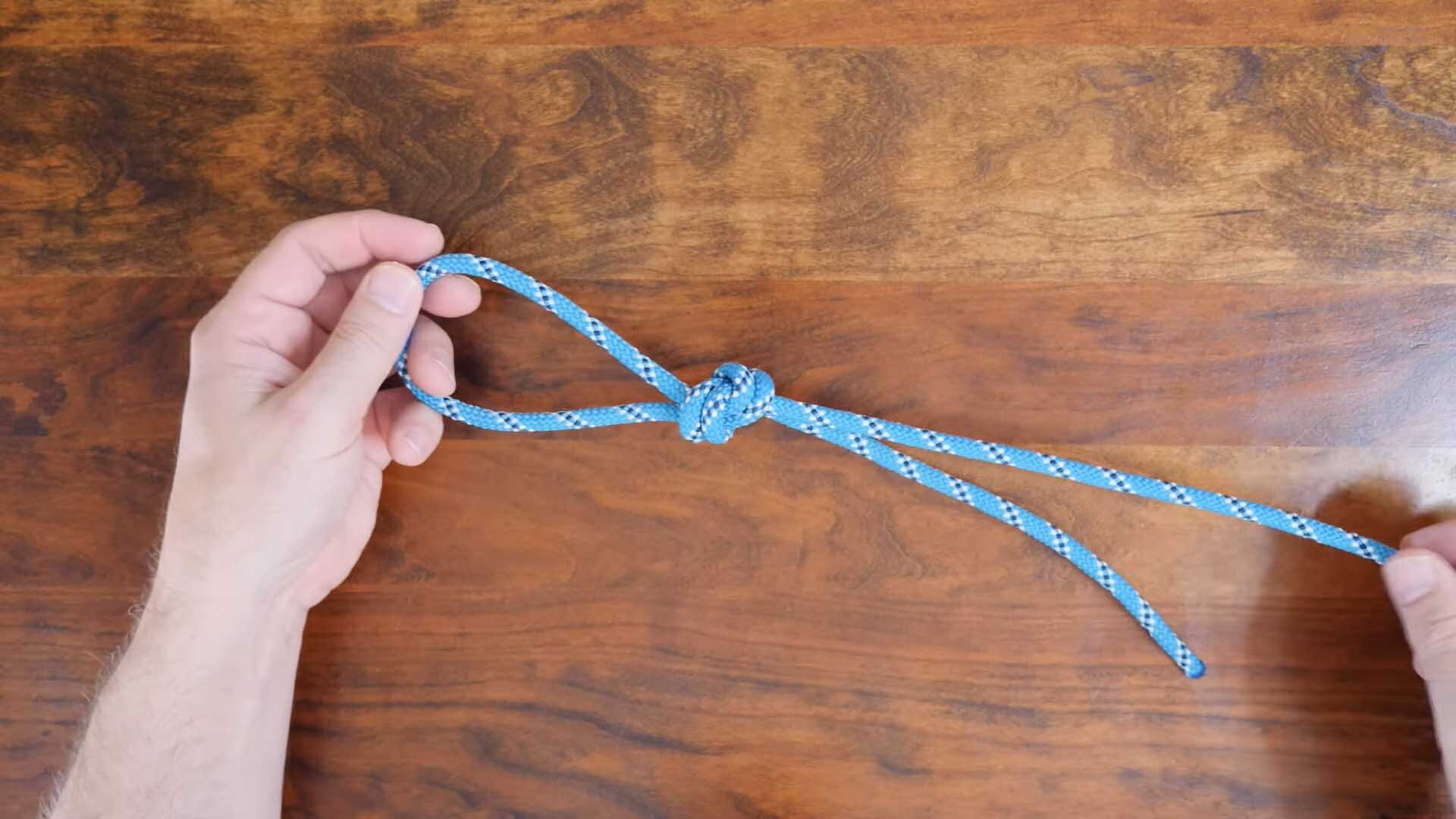
2. Bowline
Famously called the “King of Knots”, Bowline has proven its versatility and reliability throughout time.
This rope has many uses and can be found on any vessel.
From the smallest ropes to mooring lines on different merchant vessels, seafarers utilize this knot many times.
It is highly dependable in everyday use and even during emergencies like when a mooring rope breaks.
Seafarers use a bowline to fix a loop at the end of a rope. It doesn’t slip or break even under tension. It’s very easy to tie and untie because it won’t easily jam.
You can even use this knot to connect two lines together.
The bowline is one of the most essential knots in ships. When I was still in the maritime school, I was already practicing this. It was not hard for me to apply this knot on board even when I was a deck cadet.

1. Clove Hitch
Of all knots on board, seafarers widely use clove hitch for everyday use.
My ABs and Bosun taught me this on my first ship. Though I know how to tie it using the Drop Off Method, they encourage me to master the Rope End Method.
Clove hitch can be performed with literally closed eyes. It is commonly used as a temporary stopper and can be tied to almost anything like poles, rings, bucket handles, logs, and many others.
You can actually tie a clove hitch in less than three seconds. What’s more, this knot is also very easy to untie.
Clove hitch has limitations as well. In some types of ropes, it slips and jams under heavy loads.
However, this knot is still considered essential to use due to its versatility.
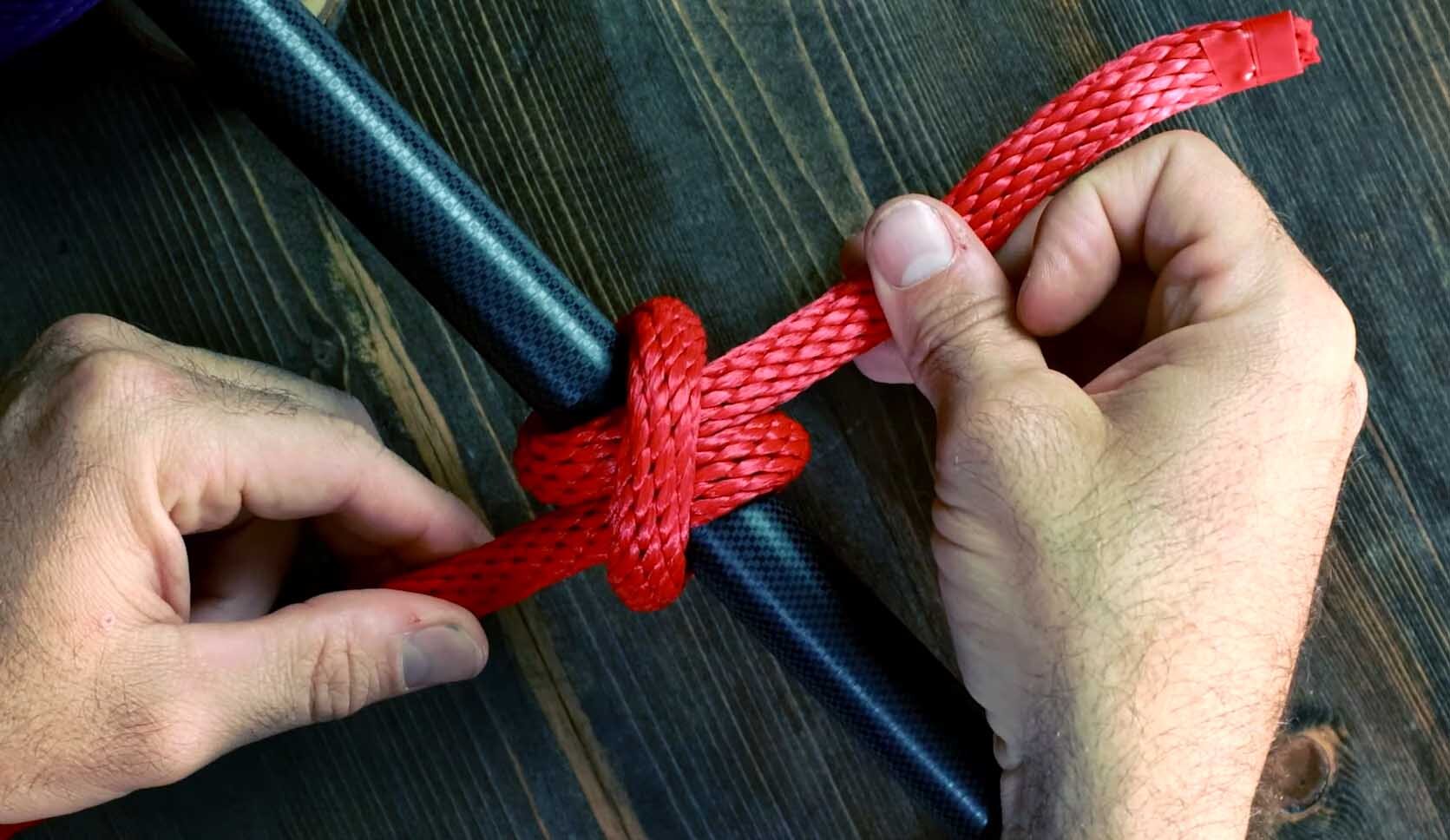
Knot tying is an indispensable skill seafarers must acquire. Sometimes, our lives on board depend on the quality of knots we use.
If you are new on board, you must undergo continuous practice to master them.
Even if maritime schools teach you how to tie these knots, it’s still not enough. You need to keep on practicing.
The best way to be well familiar with these knots is to close your eyes while practicing.
Hope you learned something in this post.
How many of these knots do you often use on board?
May the winds be in your favor.

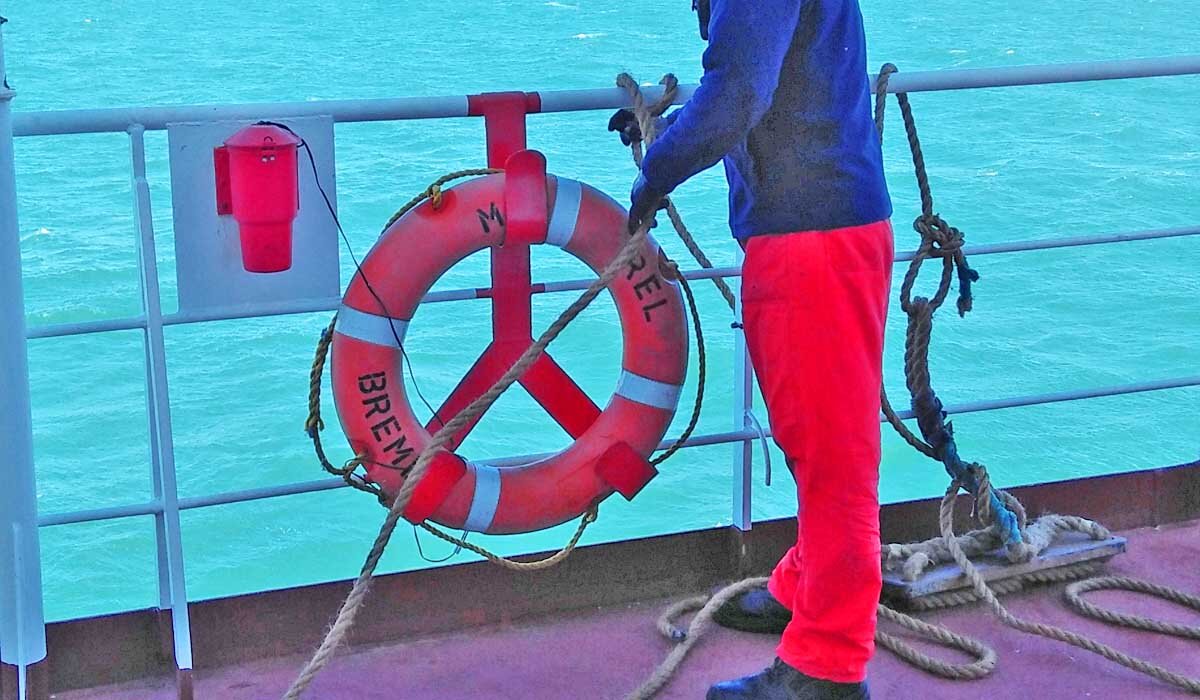
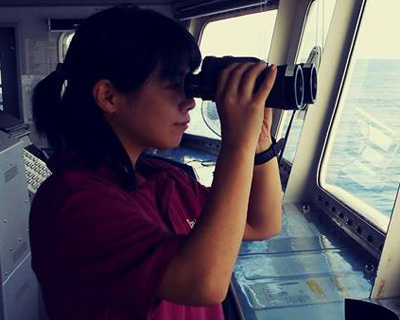
0 Comments